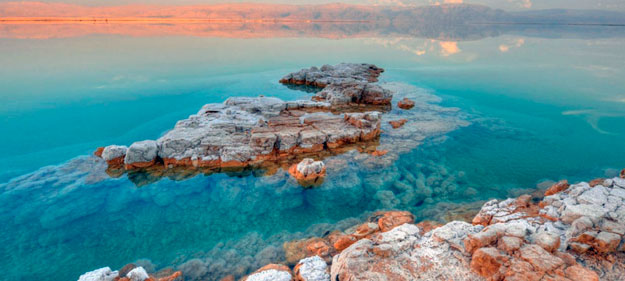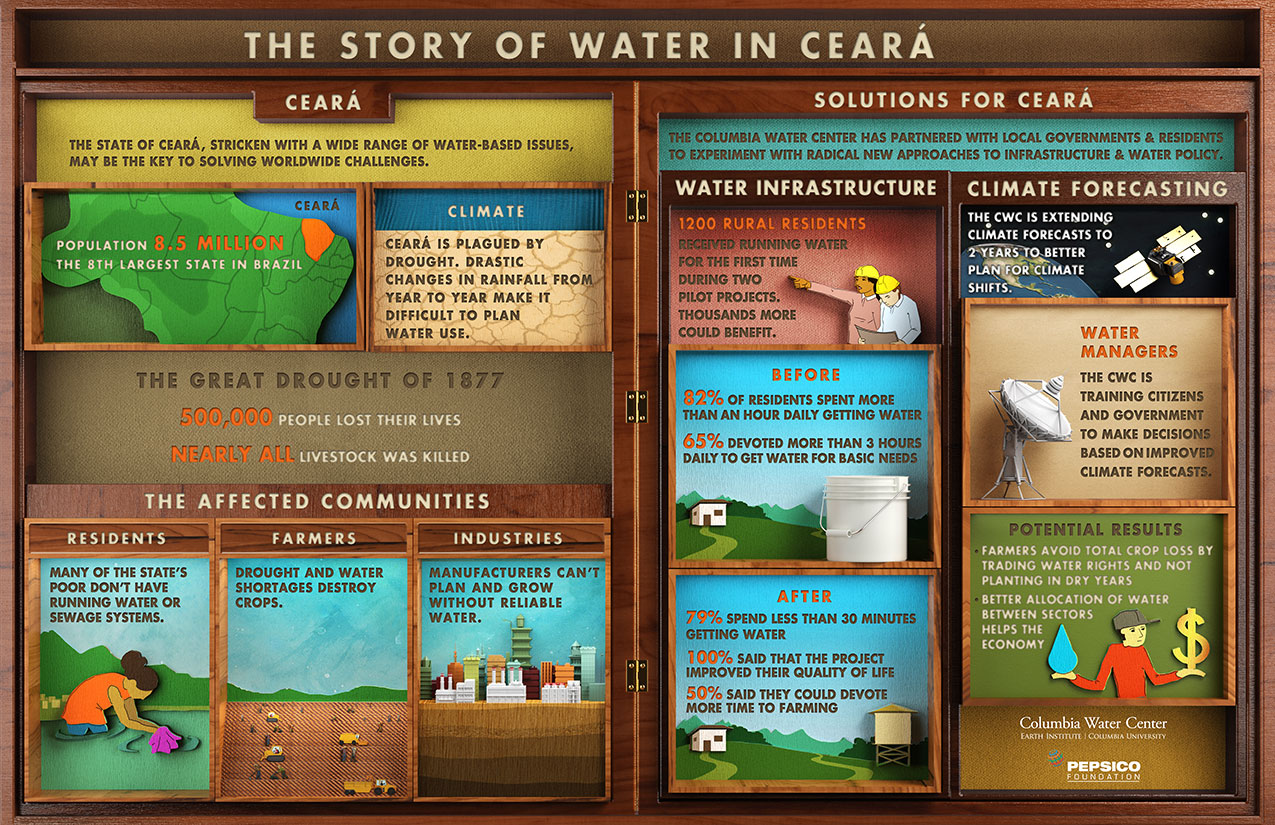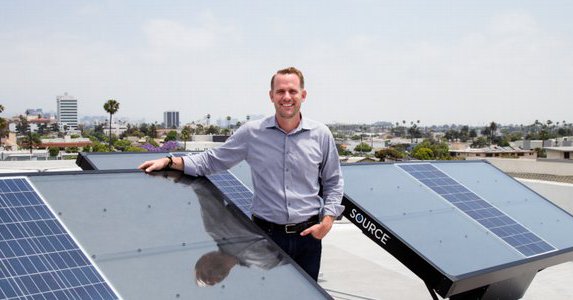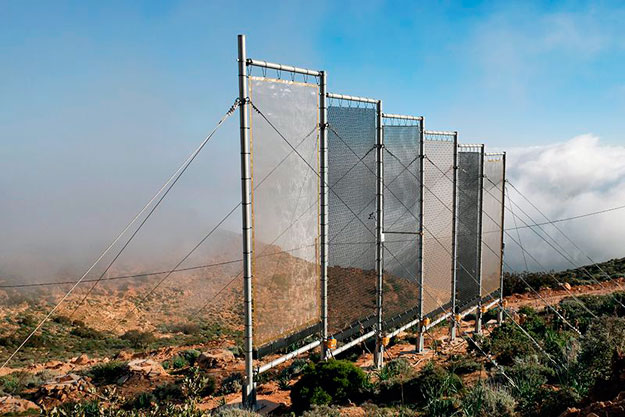In Afghanistan, only 13 percent of the population has access to clean water.
Only 2.5 percent of the world’s water is fresh, drinkable water. Every year, snow melts off mountain peaks and runs into rivers, which feed into lakes. This water accounts for such a small percentage of earth’s surface — it’s no wonder wars have been waged over water, and some speculate water will be the cause of WWIII.
These renewable sources are vital to all life on earth. Unfortunately, water as a renewable source is not distributed equally. Small island nations and arid countries have to import bottled water from other water rich countries or invest in expensive infrastructure such as desalinization plants. Read more






